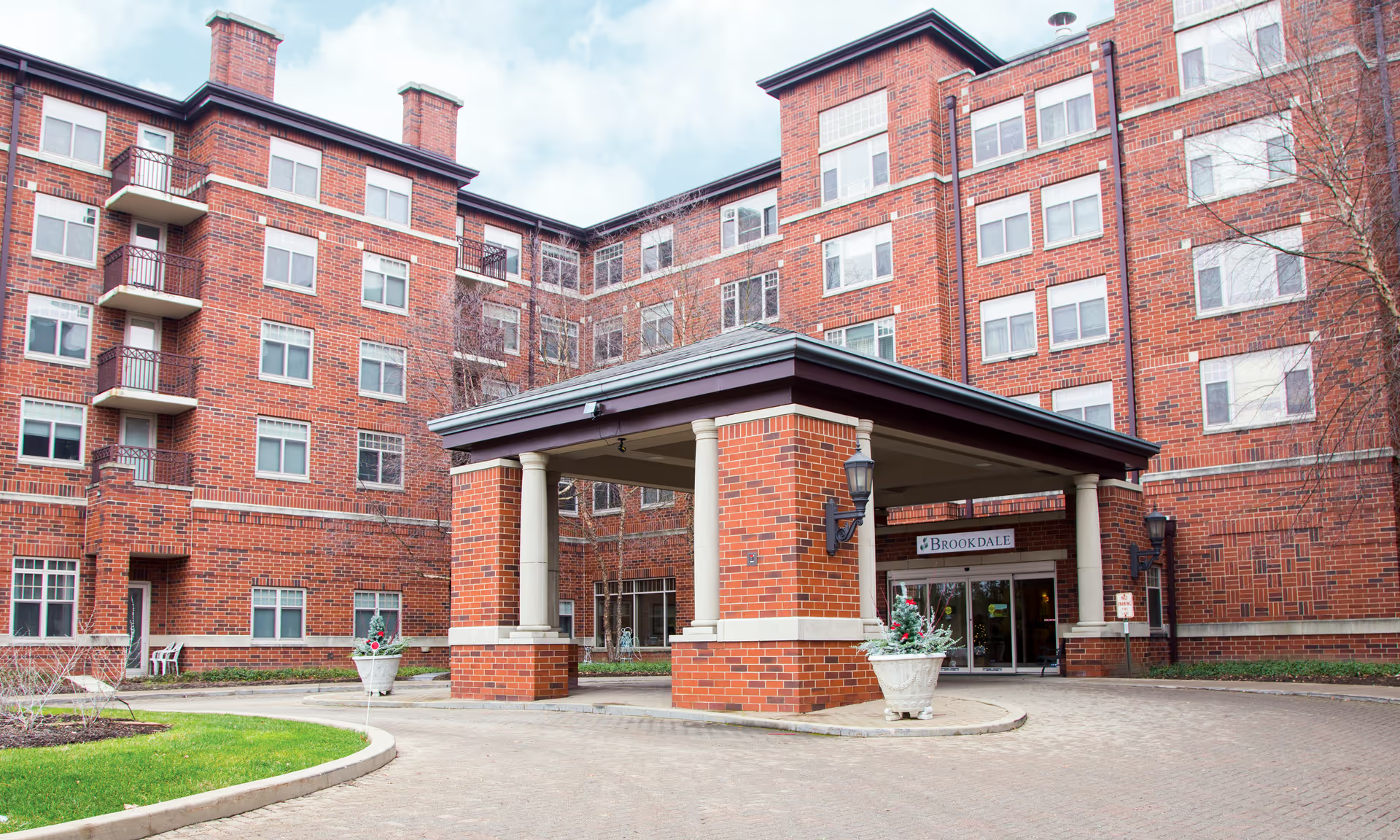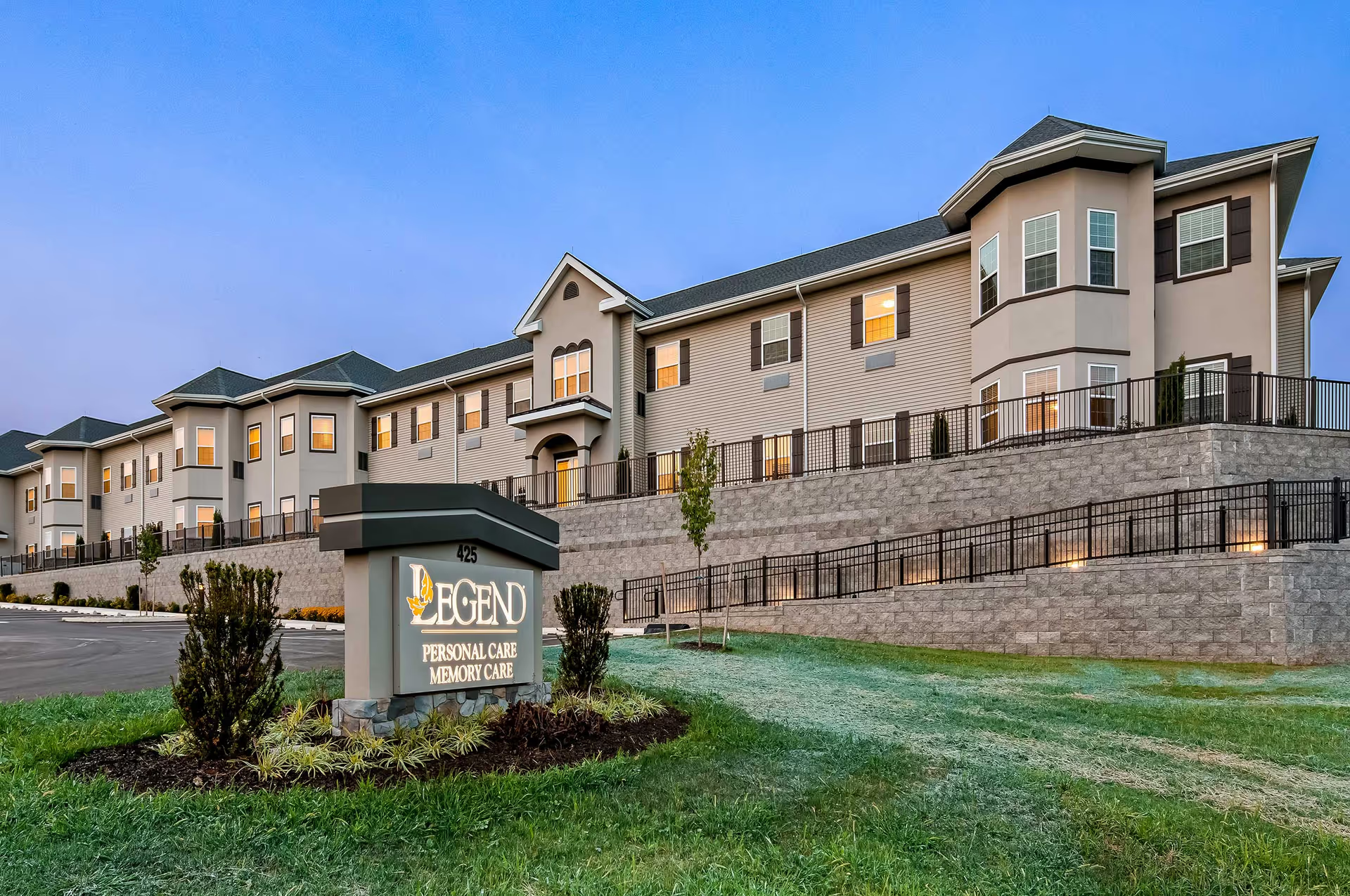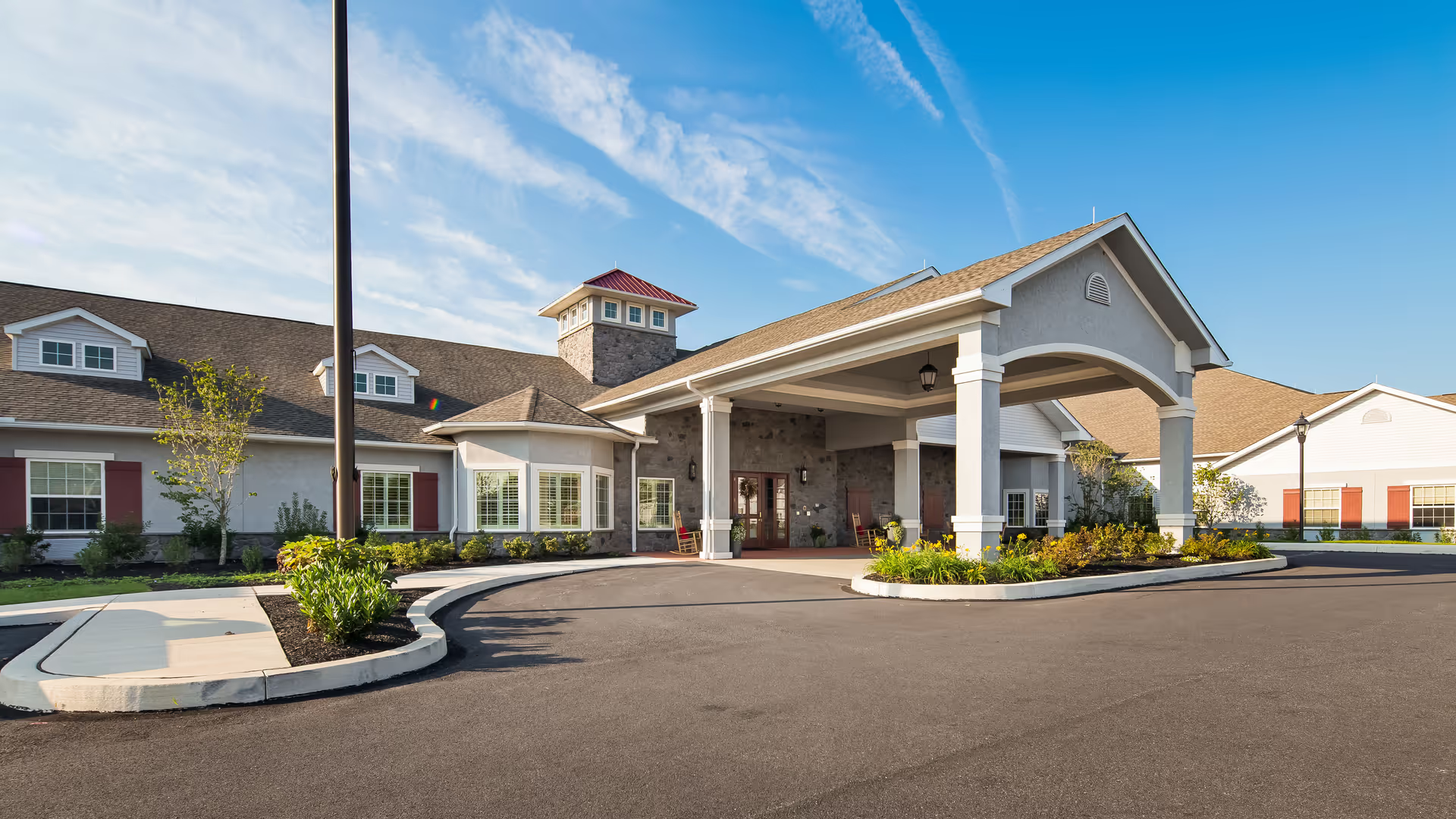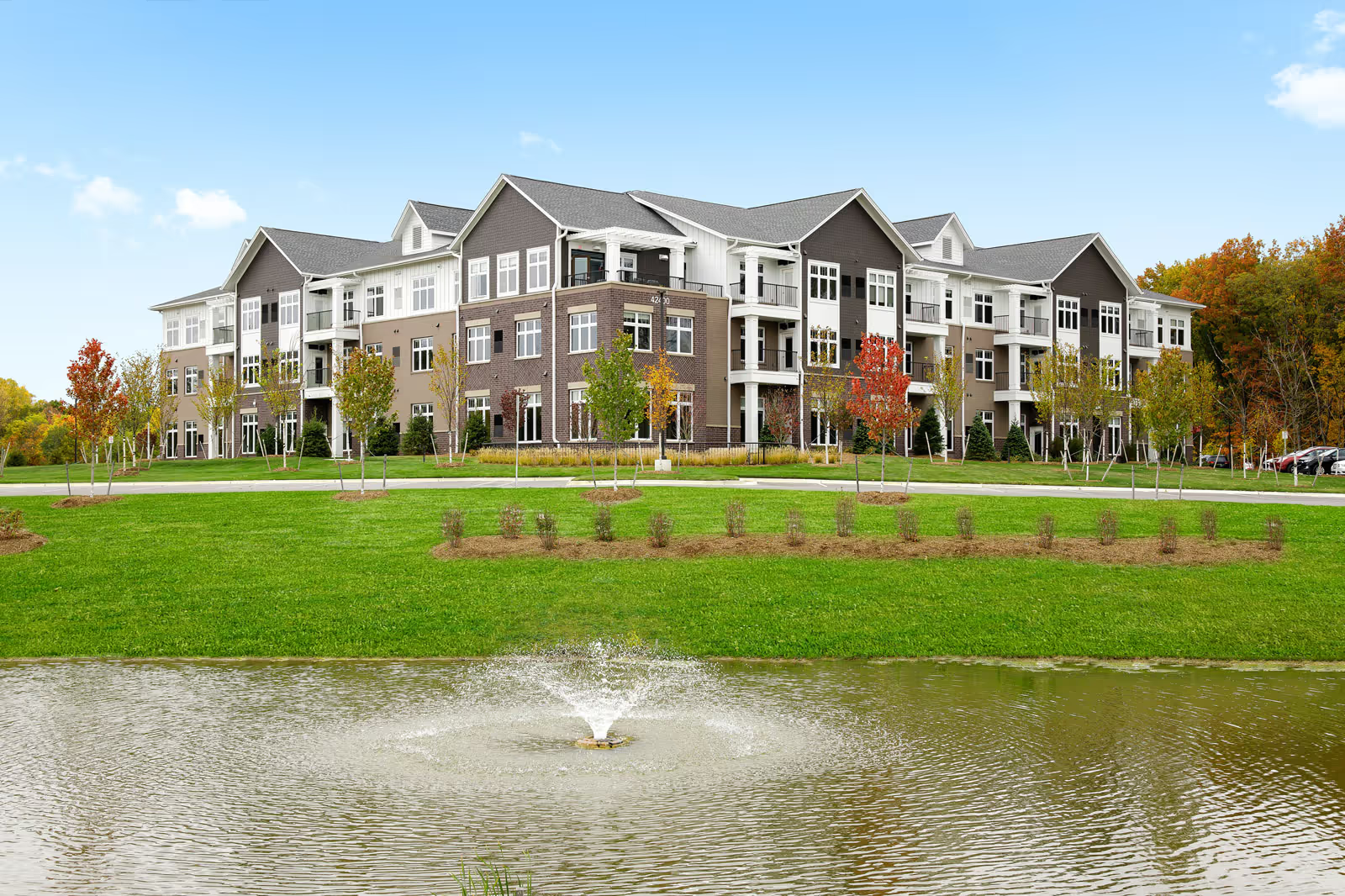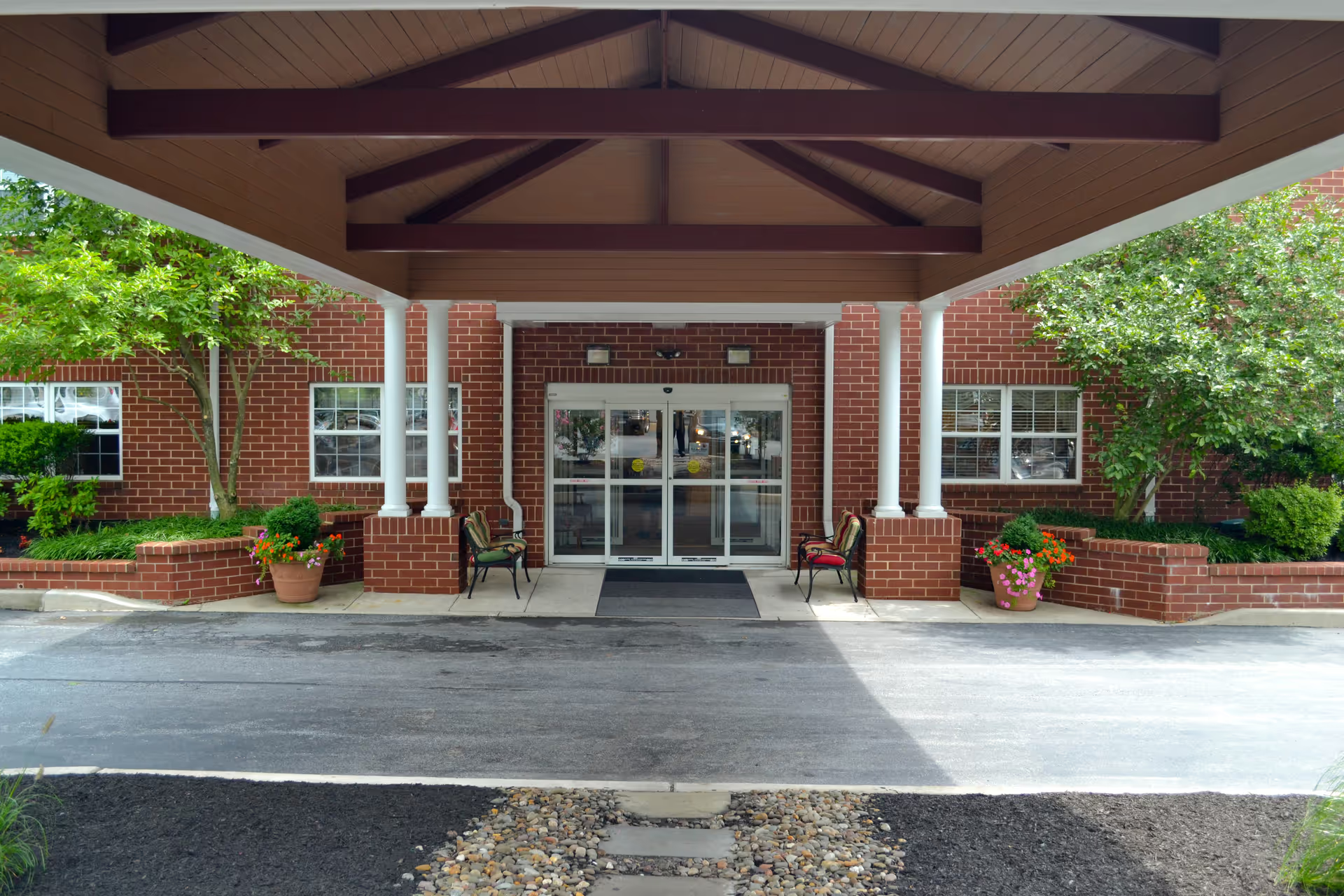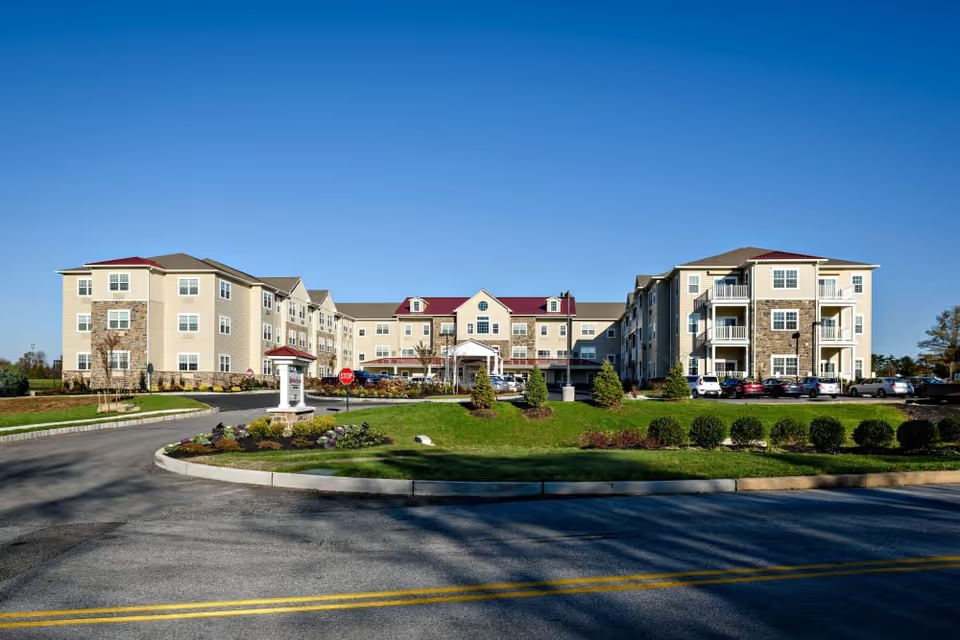The reviews present a mixed but predominantly negative overall picture of Lockport Rehab & Health Care Center, with strong themes of inconsistency in quality and several serious care-related concerns. Multiple reviewers praised individual employees and certain departments—especially physical therapy and a few nurses or reception staff—but many other reviews describe neglectful practices, hygiene failures, and poor clinical monitoring. The most frequently reported clinical problems include infrequent bathing (one reviewer reported not being bathed for nine days), soiled or bloody dressings left in place, and inadequate post-surgical observation such as failure to monitor for signs of clotting. These are serious safety and quality-of-care red flags repeated in several summaries.
Staffing and teamwork are recurring issues. Reviewers commonly mention low staffing levels and staff who do not function as a cohesive team. At the same time, numerous reviews single out specific employees as compassionate, professional, and personable—suggesting that care quality may vary significantly by shift, unit, or individual caregiver. This variability appears to be a central pattern: some patients and families encounter attentive, helpful staff and good therapy services, while others experience neglect, missed clinical signs, and unsanitary conditions. The effect is an uneven resident experience that depends heavily on which staff are on duty.
Facility attributes are also described in mixed terms. Positive comments include a spacious environment, available single and double rooms, a nice physical therapy room, outdoor walking areas, and seasonal bird activity that some residents appreciated. The air conditioning or central cooling system was described as adequate. However, a notable nonclinical shortcoming is the lack of included in-room amenities—residents reportedly must supply their own TV and phone. This adds to out-of-pocket burdens cited by reviewers and contributes to dissatisfaction around value for cost.
Dining and nutrition receive polarized feedback. A number of reviewers state the food is terrible, citing specific incidents like black bananas and multi-day-old chicken, while others say the food is "generally pretty good." The presence of both positive and strongly negative dining reports reinforces the broader theme of inconsistency. Given that several reviewers flagged spoiled food and poor meal quality, dining practices and food safety are areas that prospective residents and families should investigate directly.
Management and financial concerns are salient. Some reviewers perceive ownership and management as prioritizing money over resident care, and at least one review cited very high out-of-pocket costs (an example given was $15,000 per month). There are also explicit mentions of concerns about abuse or fraud, which heightens the importance of due diligence. These perceptions, combined with clinical and hygiene complaints, produce a trust gap between families and facility leadership in multiple reviews.
Rehabilitation services receive both praise and criticism. While the physical therapy space and some therapists are described positively, several reviewers explicitly recommend against the facility for rehab needs, indicating that therapy outcomes or the overall rehab experience may be inconsistent. This split suggests that while the therapy infrastructure may be good, execution and follow-through can vary.
Taken together, the reviews depict a facility with strong elements—dedicated individual staff, good therapy space, pleasant outdoor areas, and comfortable room options—but also with systemic problems: inconsistent care quality, hygiene and wound-care lapses, insufficient staffing and teamwork, questionable food safety, and management/financial issues. For prospective residents and families, the reviews indicate it is important to: (1) observe multiple shifts if possible to gauge consistency of care; (2) ask specific questions about bathing schedules, wound care protocols, and post-operative monitoring; (3) verify staffing ratios and turnover; (4) inspect dining practices and request to see current menus and recent meal service; (5) confirm what in-room amenities are included versus required to bring; and (6) review contracts and out-of-pocket cost expectations carefully. The facility may offer excellent experiences for some residents, particularly when they are served by attentive staff and receive good therapy, but the recurring reports of neglect and safety lapses mean families should perform careful, targeted evaluations before making placement decisions.
